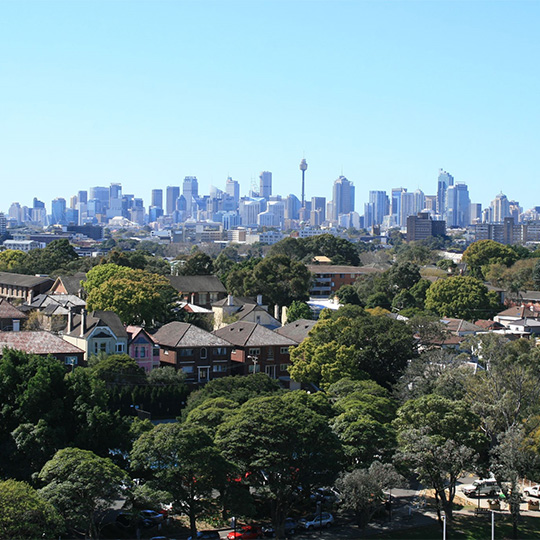Brisbane flooding impacts
The recent dramatic flooding in Brisbane is not expected to have any significant long-term impact on the housing market, according to Pete Wargent, co-founder of Australia’s first national marketplace for property buyer’s agents, BuyersBuyers.
Mr Wargent said, “in the immediate term, the focus in Brisbane is of course on safety, and then dealing with the more pressing administrative matters such as repairs and insurance.”
“Over the medium and longer-term, history shows that there will be a relatively insignificant impact on the housing market.”
“In the aftermath of the 2011 flooding, there was a modest downturn in prices, although the market was already experiencing relatively flat conditions at that time, after a preceding boom”.
“Over the following five years, detached house prices in Brisbane recorded price growth of about 25 per cent, so there wasn’t really a discernible negative impact from flooding”.
Figure 1 – Brisbane House & Attached Dwellings Index
“Generally speaking, for investors we tend to avoid flood-prone areas for investors, because the insurance premiums can be high, and there is less of a ‘sleep at night’ factor. There may also be challenges upon resale of the property, if there is a perceived risk of flood impacts, or if the property shows up as an elevated risk on flood risk assessment maps” Mr Wargent said.
“For homebuyers, some will be prepared to buy in a flood-prone area, if they can secure a bargain, and provided the cost stacks up from an insurance perspective”.
5-year outperformance from 2011
Doron Peleg, CEO of BuyersBuyers said that the floods would become a distant memory relatively quickly in terms of Brisbane’s housing market dynamics.
Mr Peleg said, “a few years ago, our market research showed that out the top 20 suburbs impacted by floods in 2011, 19 of them outperformed the Brisbane house price growth benchmark over the following five years”.
“The only exception was Pinkenba, which is quite an unusual suburb with relatively few transactions, being more impacted by other factors, such as proximity to the airport.”
Figure 2 – House price growth in flood-impacted suburbs 2012 to 2017
“There was a perception after the floods that flood-prone areas might be perceived negatively or experience poor capital growth, but that did not prove to be the case.”
“Part of the reason for this was that many of the suburbs were located close to the river, with water often being a drawcard for buyers in Australian real estate. And most buyers were able to look through the risk of flooding as an infrequent event which they were prepared to deal with.”
“It also helped that some of these locations were subject to rezoning, which made them potentially attractive to investors and developers” Mr Peleg said.
Immediate focus on safety and clean-up
Pete Wargent of BuyersBuyers said when considering buying property in a flood-prone area, buyers need to conduct a risk assessment of the suburb, the property type being considered, and the risk for the specific property in question.
Mr Wargent said, “it is possible to get insured in a flood-prone location, but the annual cost may naturally be higher.”
“In Brisbane in the immediate term, the focus will, of course, be on safety, primarily, as the flood water recedes. And then households will move on to deal with repairs, and then insurance claims.”
“There may be a rental supply crunch over the coming months, as there will be additional demand for rentals from displaced households, as well as a further depletion of the rental stock. It has been estimated that up to 15,000 homes may be impacted by flooding”.
“Everyone in Queensland is hoping for some more favourable weather. Over the medium to longer term, we don’t expect there to be any negative impact on the housing market” Mr Wargent said.






